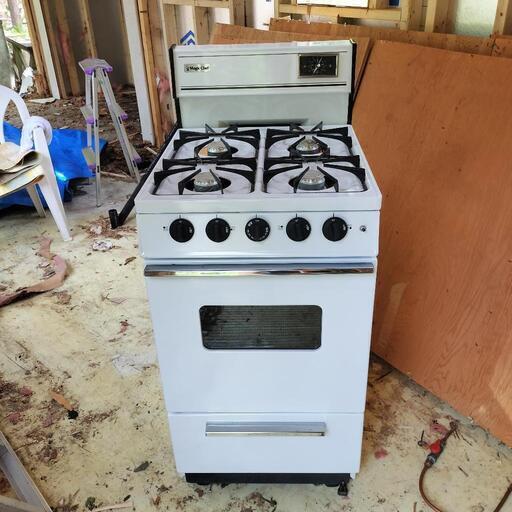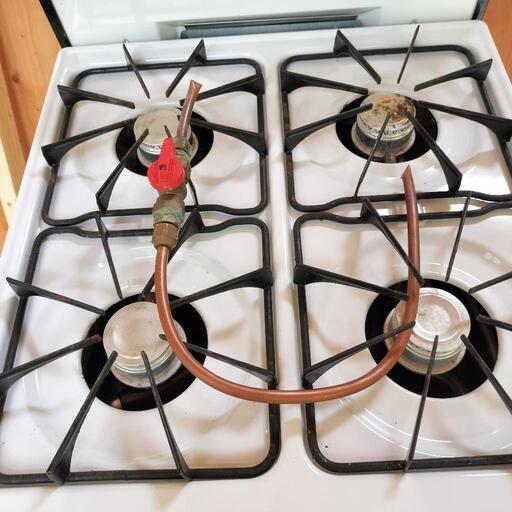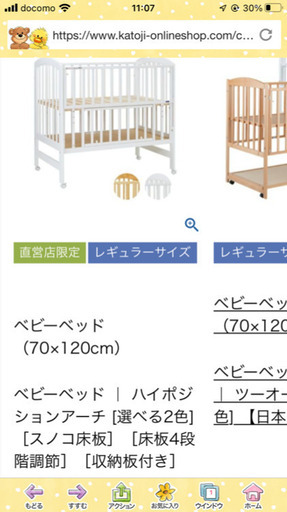-
シーンから探す
- その他
- インテリア小物
- DVD/ブルーレイ
- アクセサリー
- 自動車アクセサリー
- GAIA ガイア バイブ 中イキ絶頂MAXハード クリアブラック
- 同人ソフト
- ホール一覧
- ライト/照明
- レディースファッション
- 施設利用券
- 楽器、器材
- その他
- 家具
- サバイバルゲーム
- その他
- 楽器/器材
- バス、洗面所用品
- ゴルフ
- バッグ
- カメラ
- 本
- 小物
- アイドル写真集
- 美術品
- 寝具
- ソファ、ソファベッド
- 生活家電
- ジャケット/アウター
- マウンテンバイク
- 家具
- ライト/照明/LED
- トレーディングカード
- ソフトウエア
- ホビーラジコン
- 家具
- その他
- コスチューム・ランジェリー
- パンツ
- その他
- ヘアケア/スタイリング
- ヤマハ
- フィットネス、トレーニング
- 自動車パーツ
- キッズ用品
- 飲料/酒
- 情報
-
贈る相手から探す
- タレントグッズ
- アクセサリー
- アクセサリー
- ミリタリー
- 机/テーブル
- 魚類、水生生物
- その他
- 写真
- 机/テーブル
- バッグ
- オーディオ機器
- 楽器/器材
- おもちゃ
- 飲料
- 生活家電
- その他
- スカート
- 楽器/器材
- 車のパーツ
- 今泉ん家はギャルの溜まり場
- オナホール
- ベースメイク/化粧品
- 書籍
- 雑誌
- ペニスリング
- 本
- 漫画
- ジャケット/アウター
- キッズ/ベビー
- ボディケア
- レディースファッション
- その他
- 楽器、器材
- SMグッズ
- アナルプラグ
- 車のパーツ
- 家具
- ヤマハ
- ホビーラジコン
- スポーツ別
- 電マアタッチメント
- その他
- カワサキ
- 自転車
- 収納家具
- 車のパーツ
- ペット用品
- ヘアケア/スタイリング
- スキンケア/基礎化粧品
- 靴
- その他
- タレントグッズ
- パンツ
- カテゴリから探す
- おまとめ注文・法人のお客様
最高 ガスオーブン(アメリカントレーラー)
-
商品説明・詳細
-
送料・お届け
商品情報
ガス(プロパンガス)オーブンです。トレーラーを買って解体しただけなので動作確認取れてません。巾51奥行62(取手含まず)高さ92(ガス台)114(全体)cmです。わかる方にお引き取りお願いします。レンジフードも出しておりますので一緒に買って頂けれは値引きます。電源コードはレンジフードの方にのせます。
残り 8 点 15,000円
(511 ポイント還元!)
翌日お届け可(営業日のみ) ※一部地域を除く
お届け日: 11月27日〜指定可 (明日20:00のご注文まで)
-
ラッピング
対応決済方法
- クレジットカード
-

- コンビニ前払い決済
-

- 代金引換
- 商品到着と引き換えにお支払いいただけます。 (送料を含む合計金額が¥295,946 まで対応可能)
- ペイジー前払い決済(ATM/ネットバンキング)
-
以下の金融機関のATM/ネットバンクからお支払い頂けます
みずほ銀行 、 三菱UFJ銀行 、 三井住友銀行
りそな銀行 、ゆうちょ銀行、各地方銀行 - Amazon Pay(Amazonアカウントでお支払い)
-



























